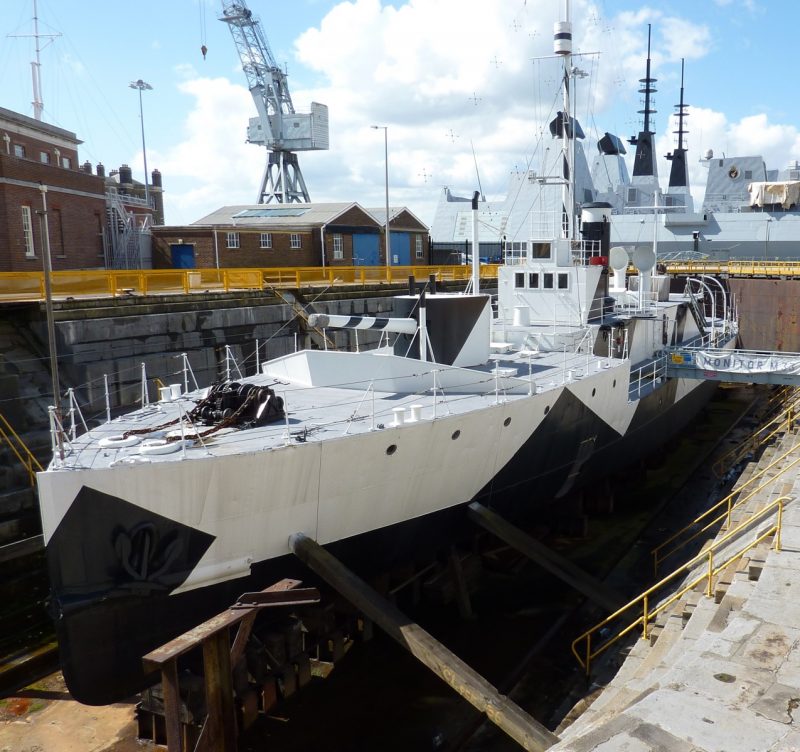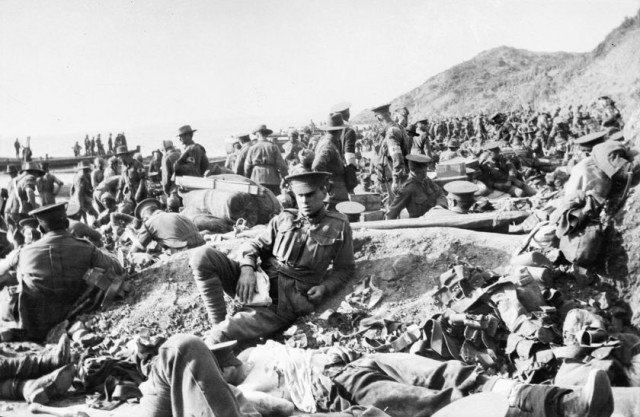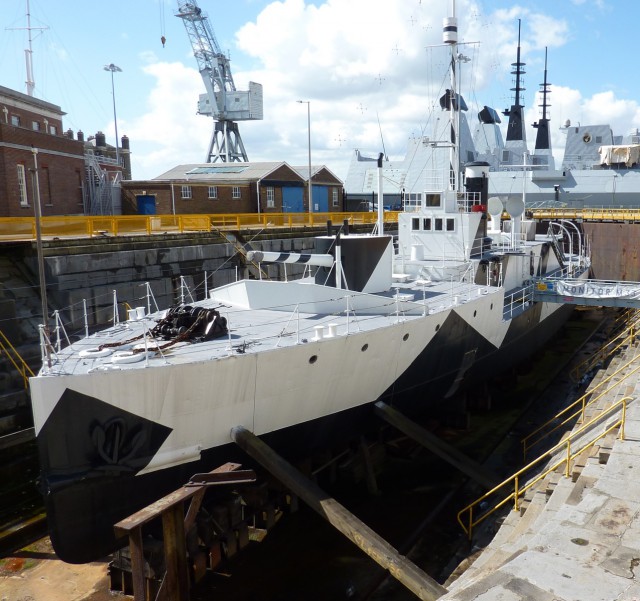The National Museum of the Royal Navy in Portsmouth is restoring the HMS M33 gunboat and preparing it for the commemoration of the Gallipoli campaign.
The HMS M33 is one of the two warships that still remain from World War I. The British government commissioned a £2.4 million renovation of the warship with funding from the Heritage Lottery Fund and its partners.
The warship is historically significant and has a major role to play in the commemoration of the First World War.
The HMS M33 was a critical part of the Allied Powers’ Gallipoli campaign. The campaign which ran from 1915 to 1916 proved to be one of the least successful and fatal Allied campaigns, costing 50,000 allied soldiers and zero amount of ground gained against the Turks.
The goal of the restoration is to bring awareness to the public not only of the successes but also of the failed campaigns of the First World War.
Initially Gallipoli was supposed to bring trench warfare to an end and unite the Allies. Because of poor planning, faulty intelligence and ineffective artillery, the campaign failed with huge costs to the allies.
The M33 was supposed to act as a monitorbut because it was rushed when it was built, it had many flaws which rendered it ineffective of defeating the Turks. It was unstable which prompted some of those involved in its manufacturing to call it the “whippet”. It was also not made to be ‘maneuverable or to be a ship that fights other ships’.
Apart from the Anzac legend, Gallipoli remains a tragic episode in the memories of the Allies campaign. The Anzac legend is the story about the first appearance of the Australians on the world stage as a nation. This picture is a sharp contrast to the failure of the British servicemen to gain ground against the Ottoman Empire, The Telegraph reports.
The M33 did not suffer any casualties but the crew suffered the heat and the pain of having to be stationed in one place, in the Aegean, for more than three years, targeting Turks and their forts.
According to Morehead, the Gallipoli campaign took place “in the circumstances in which nearly everything was experimental. The use of submarines and aircraft was experimental, and, also the trial of modern naval guns against the artillery on the shore, the use of radio, of the aerial bomb, the land mine and many other novel devices”.
The Gallipoli campaign has generated more interest among historians compared to some of the episodes in the history of the First World War which makes the restoration of the M33 more important.


